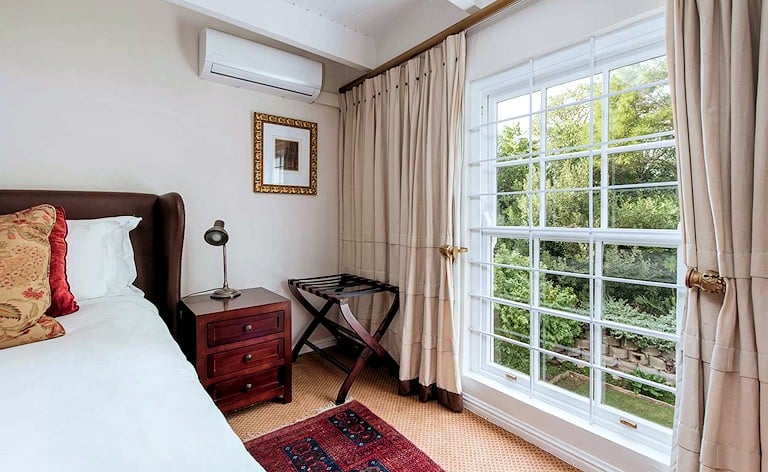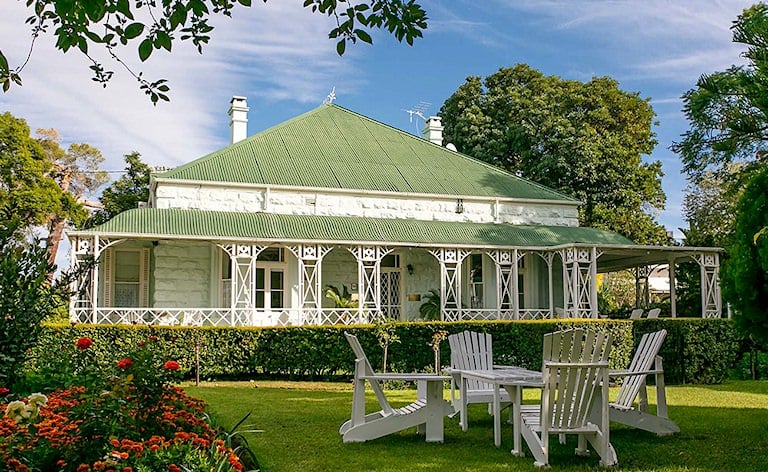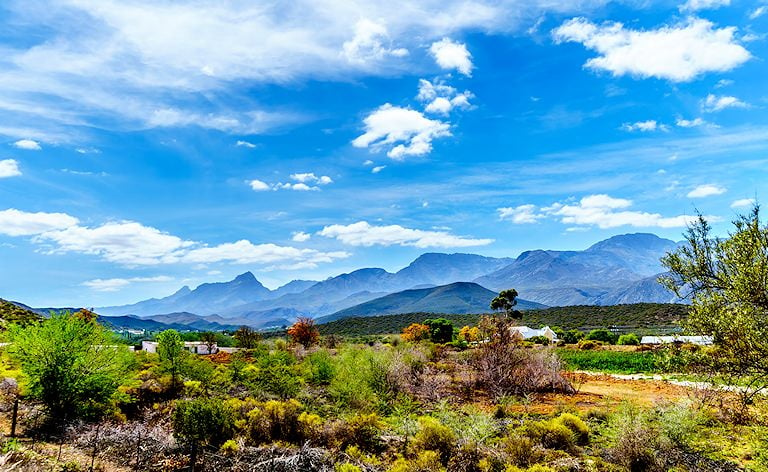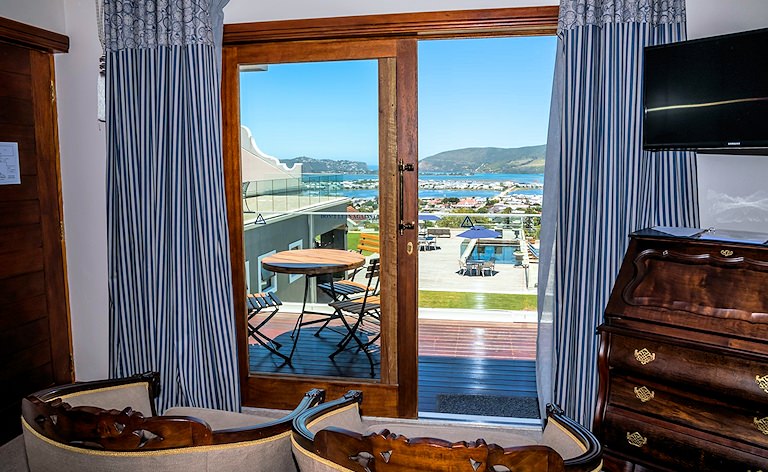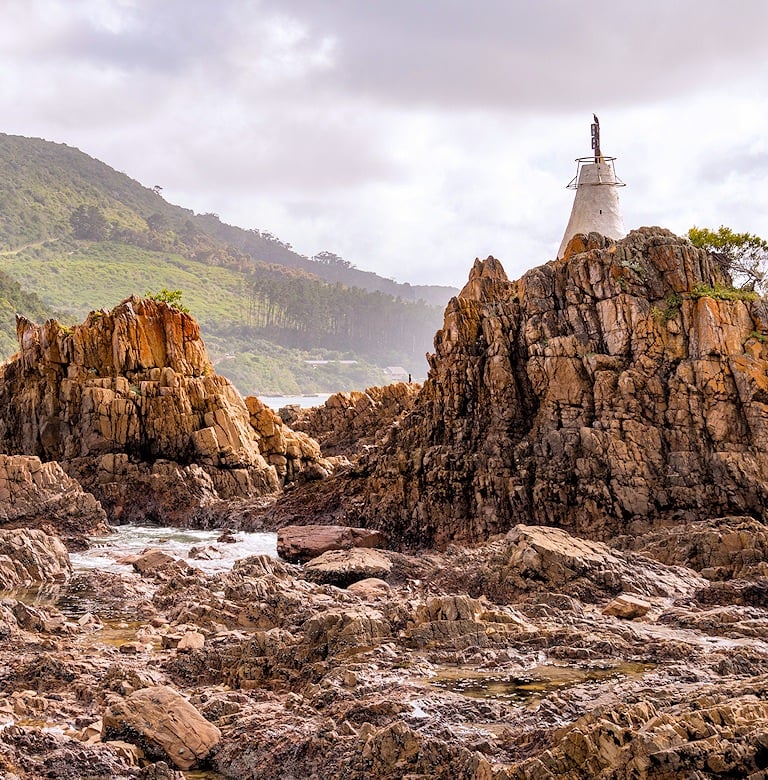7 Day Winelands, Little Karoo & Garden Route Tour
Help Me PlanIncluded
Accommodation:
- 2 Nights Maison Chablis
- 2 Nights Adley House
- 2 Nights Chez Pierre
Guide:
- Private African Sky Guide: From Day 1–7
Vehicles:
- Private Air Conditioned Vehicle: from Day 1–7
Meals:
- Only Meals Specified
Flights:
- George to Cape Town
Transfers:
- None
Activities & Entrance:
- All Activities Included in the Itinerary, Unless Stated as Optional
- All Entrance Fees to Places Mentioned in the Itinerary, Unless Stated as Optional
Additional Inclusions:
- Tourism Levy
- All Applicable Taxes
- All Park Fees, Where Applicable
Excluded
Excluded:
- International Airfare (To and From South Africa)
- Personal and Medical Insurance
- Drinks
- Gratuities


